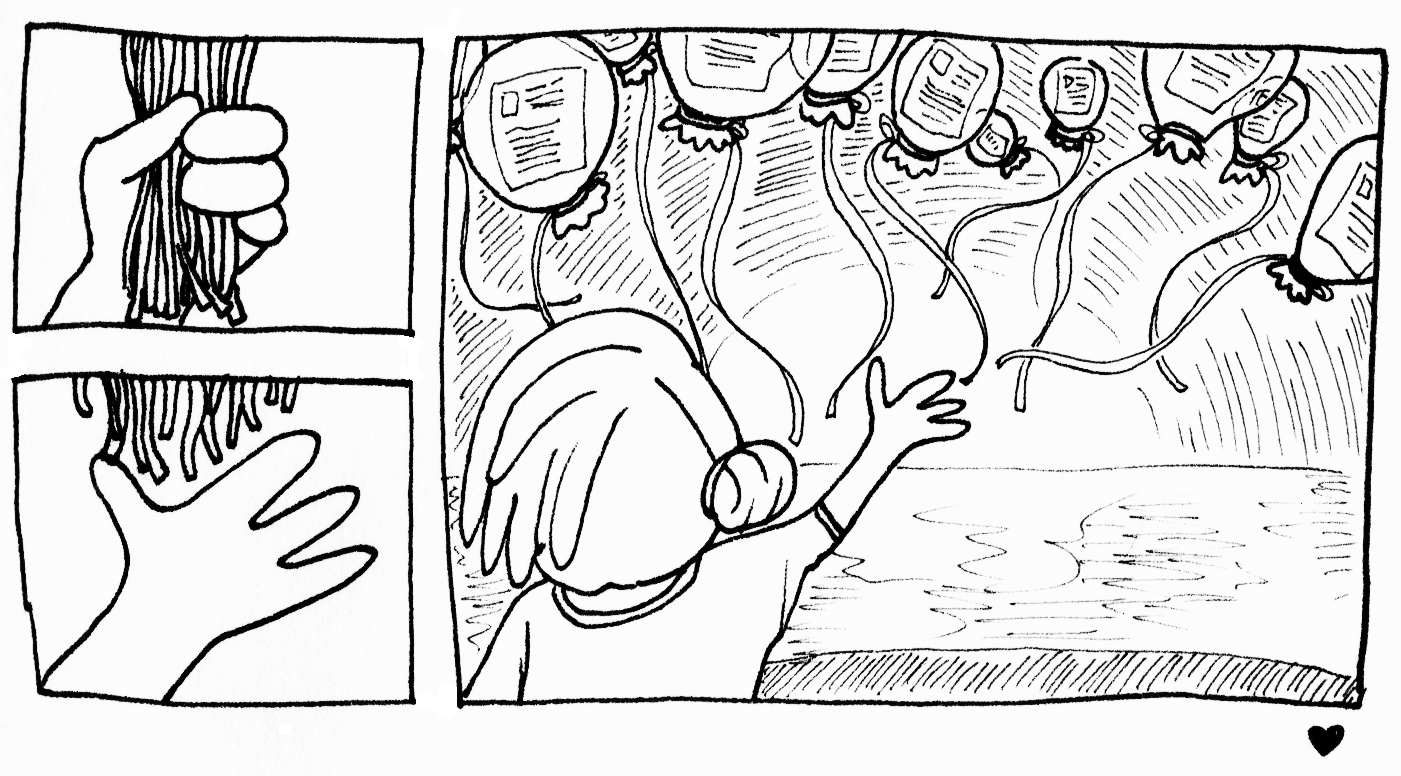How to become a public speaker in 1 year – Step 6: Submit proposals

You’ve spent time crafting thought-out proposals. Your bio is glimmering with awesomeness. It’s time to share them with the world!
If your proposals and bios have been handwritten up to this point, digitize them using a service such as Evernote or Google Docs. Next, go back to your list of speaking opportunities (worksheet users, that was page 1). These are the places you will contact and discuss relevant proposals with.
Proposal via CFP
Events with open CFPs, or calls for proposals, often have a web form you can fill out. See AlterConf, for example. Some events, such as BrooklynJS, are more unique and require you to do quirky activities like creating pull requests. However, many require the same things: a bio, talk title, description, and lessons the audience will learn.
Upon locating a CFP form, your task is simple. Input your contact information, paste your bio and proposal, and check off any necessary boxes. Then, click “submit”. Boom!
Proposal via email
Some organizations, meetups, and conferences do not have open calls for speakers. You must contact them via email. No need to worry, it’s less scary than it sounds (and if this concept does not make you nervous, you deserve a cookie shaped like a fist bump).
The act of emailing event organizers is a bold way to get speaking opportunities. Organizers might not be amenable to a generic cold email that does not explain why the sender would be a good fit for their event. Therefore, it is best to avoid the tempting option to BCC every contact on your list.
The personalization of each email is crucial to make you appear less robotic and more human. Even so, templates can be used to make the process more efficient. You can use tools like Gorgias for Chrome if copying and pasting sounds too tedious for your liking.
Here is an example email template that you can modify and use to your heart’s content:
Hi [FIRSTNAME/GROUPNAME team]!
I’m a [OCCUPATION at COMPANY] and am looking for speaking opportunities. Are you looking for speakers? [Some ideas are/My idea is] at the bottom of this email, but I am also open to suggestions.
In case you’re wondering why I might be relevant to this [event/organization], here is my bio: [PASTE MEDIUM BIO HERE]
If you aren’t currently looking for more speakers, I understand and hope you will consider me in the future. Thank you!
[PASTE RELEVANT TALK IDEAS]
Your medium bio should allow recipients to get an idea of who you are without fighting their way through 150 words in a cold email. It’s important to be courteous and empathetic when contacting people in this way. You need them much more than they need you.
If you’re still nervous about this idea, please note that I am a former meetup organizer. I wish people sent me emails like the above because the process of organizing events and finding speakers would have been much easier. I hope you’ll try this method at least once!
Next step: Acceptance
Congratulations for getting this far! Your dedication to self-improvement is commendable. Pet the nearest animal you’re not allergic to and do a little dance.
After your submissions are done, responses will arrive over the next few months. You may receive some rejections. In that case, ask for feedback and see how you can improve your ideas.
One day, if you keep trying your best, you will receive a positive response. Your proposal will be accepted! You might freak out for a moment. That’s normal. Gladly, you won’t be alone when that happens: the next post discusses what to do once you hear a “yes”.
Upcoming talks
-
Staff designer: Grow, influence, and lead as an individual contributor
At some point in your career, you'll likely have to choose between senior individual contributor (IC) and design management roles. But what if you don't want to manage others? What if you’d rather continue as an expert contributor? In this talk, we’ll take a deep dive into staff/principal designer roles—a combination of team leadership and in-the-pixels design work—all without any direct people management. Learn how you can advocate for, grow into, and succeed in such IC leadership roles.
Want to talk?
Got feedback, looking to suggest a future writing topic, or want to invite me to speak at your organization? Send me a message and I'll get back to you as soon as possible!